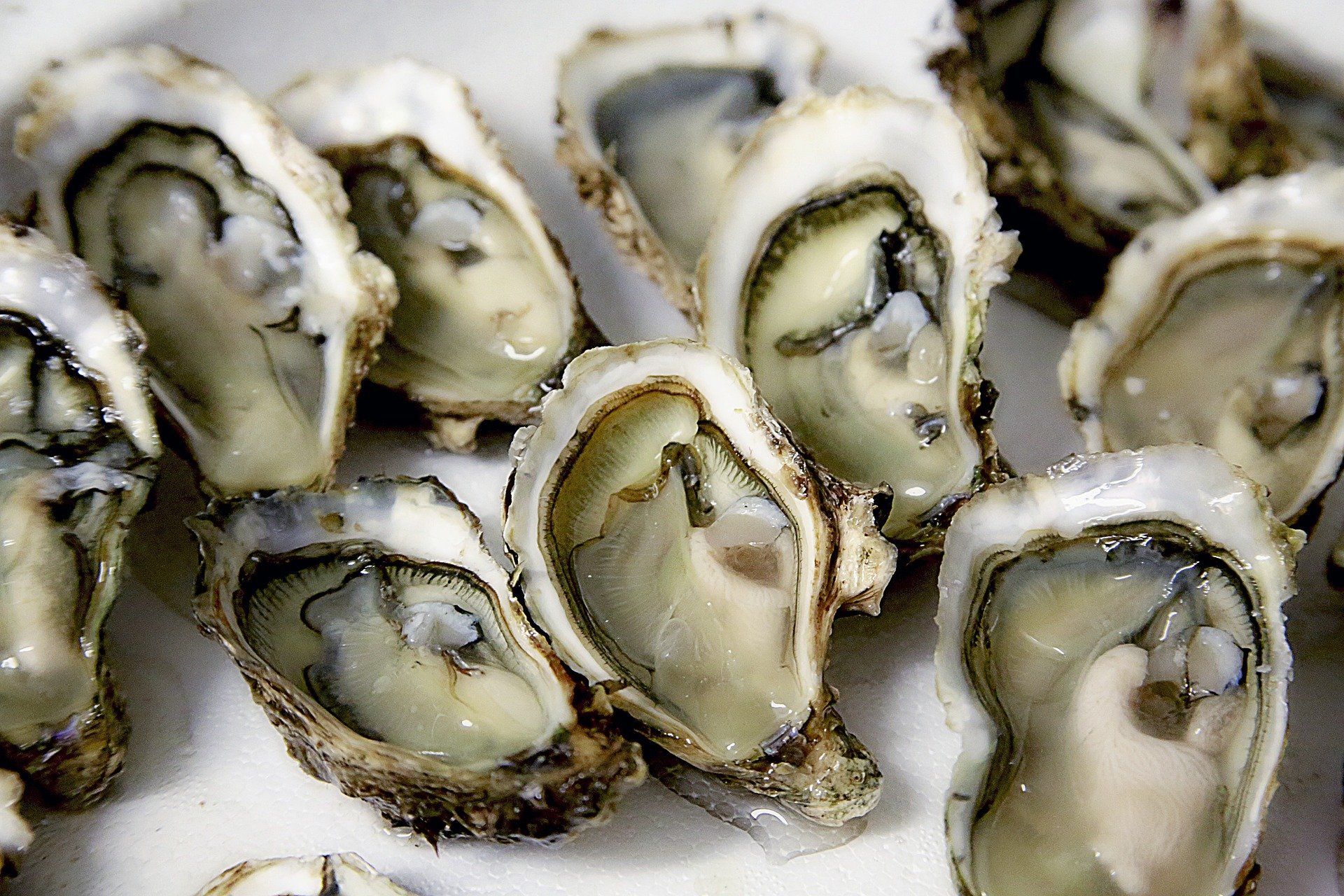Difficult as it might be to imagine, some of the popular products and dishes can be rather dangerous for your health. For instance, it turns out that a number of delicacies which people are willing to taste while travelling abroad can cause severe health problems. Needless to say, it is better to learn about the possible danger before you start eating one of these foods.
San-nakji
Beyond a shadow of a doubt, the dishes of some countries can be rather exotic to the residents of western countries. While some people are rather conservative and not willing to taste anything new, there are also many individuals who will never miss an opportunity to taste something new.
If you are travelling around South Korea, you will certainly come across various unusual dishes. Some of them are harmless, however, there is one dish known as san-nakji which might not be particularly eatable.
This extraordinary food is made of a special species of an octopus known as a long-arm octopus. Whether it is tasty or not is an issue of one’s individual food preferences. What is certain is that san-nakji is in fact eating this octopus alive. Even if the octopus on your plate is dead, in all likelihood, its arms are still moving. The dish is served with sesame oil and sesame seeds.
The problem is that octopuses have a complex nervous system which allows their arms to remain alive for a particular time after the death of the animal. As you can imagine, the arms will be fully functioning which might not be thus pleasant for the person who would like to eat them.
For example, arms of an octopus might try to get out of your digestive system on their own which is not only unpleasant but can also cause damage to your internal organs. In a more serious situations an arm can use its cups which are also still functioning. If an arm sticks on the wall of the throat of an eating person it can easily make this person suffocate to death.
As you can see, it is not obvious whether the taste of this unusual dish is worth it.
Raw cashews
Generally speaking, the majority of nuts are very rich in nutrients and can be a great addition to your diet if only you are not suffering from a nut allergy. Cashews are one of particularly healthy nuts and is certainly especially tasty.
Yet, you should be very careful about eating this nut in a raw form. If you are not living in one of the countries where these nuts are growing, in all likelihood, you will not have an opportunity of purchasing raw cashews. Yet, if you are an adept of a raw diet or a paleo diet trying to consume as much products in their original form without any previous preparation, you should not search for raw cashews in order to add them to your diet in such a form.
The shell of a cashew nut has a large amount of oily substances which are rich in aconitic acid. For some organisms, for instance termites, the substance is thus toxic that the people living in the area where cashews are grown, are using this acid as a natural insecticide.
If you happen to eat up to ten raw cashews, the chance of developing a serious health condition is pretty small, however, the reaction of your body will be pretty unpleasant. Raw cashews are causing a severe skin rush which is not rather itchy but it is also painful.
The cashew nuts available in the shops are heated up beforehand. This procedure is destroying the oils and the toxic acid as well.
Oysters
Speaking about delicacies, the majority of people will have their first association with oysters. This food is indeed widely regarded to be particularly delicious and it is certainly rather expensive. Oysters are also featured with their nutritional value and particularly easily digestible proteins.
Even though oysters have so many positive qualities as a food, it turns out that eating these animals is not a necessarily good idea. You might not be aware of the fact oysters are particularly prone to carrying various infections diseases, parasites as well as water contaminants.
The issue with oysters is the result of their ability of “filtering water”. Actually, they can take the water in and release it which resembles of the work of a filter as all of the things contained in water remain inside oysters. Unfortunately, this is true for the particles of various sizes so the things which can stay inside an oyster in such a case can be various microorganisms, parasites and heavy metal particles.
This is not just an assumption about oysters as there have been thousands of cases of getting ill after consuming oysters. Some of the diseases frequently spread by oysters are dysentery, typhoid fever and hepatitis A and E. One of the most typical heavy metal found in oysters is mercury.
One of the most massive epidemics caused by oyster happened in Shanghai in 1988. The illness spread by oysters then was hepatitis A and over 300 000 people were infected. Over thirty people died of this illness.
In theory, oysters coming from ideally clean water will be free from anything unwanted but it is rather difficult to be so sure about that. As a result, nearly 15% of oyster eaters get some illness from their favourite dish.

